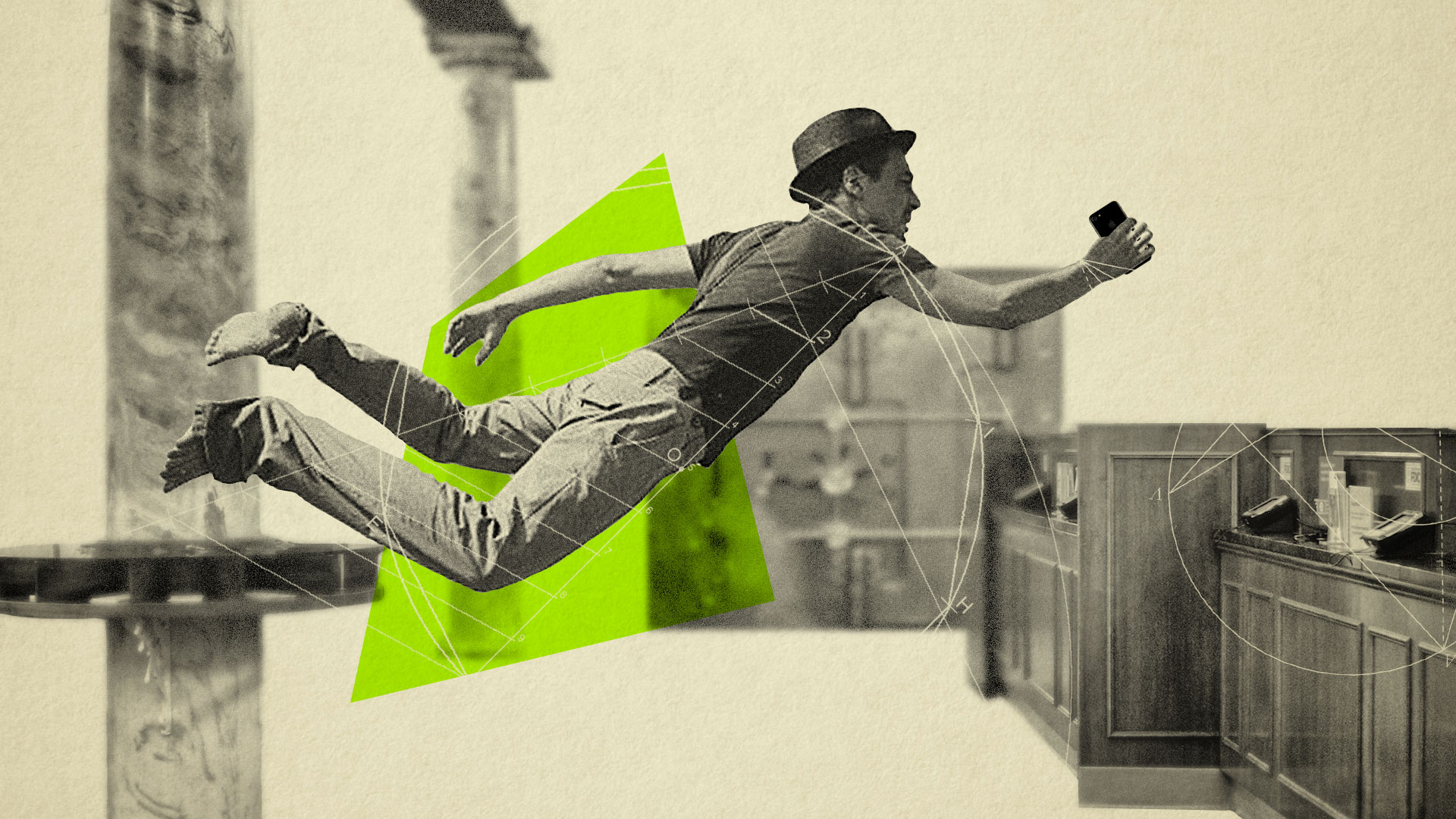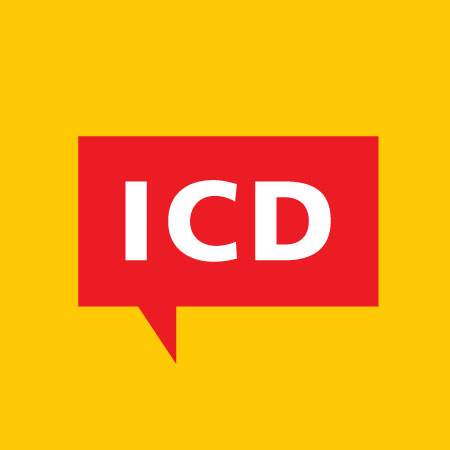Brand Is UX, Or Something Like That
“The 20th century was the Age of advertising,“ said the Undisputed Strategic Panjandrum, known with awe as USP, “right up to the Great Shift or the digitisation of everything.”
Digital advertising? I asked. Not quite, said the USP kindly.
We sat in his penthouse, piled high with books standing in counterpoint to the housing towers outside. On one pile sat our glasses: whisky for me, sparkling water for the famously teetotal advertising-marketing legend from the late Age. He took a slow sip and began.
In the Age, USP intoned, great brands were built by advertising. It delivered a consistent message, dramatised by an emotional connect, ideally with a claim of product difference. It created a personality you could ‘sense’, and also registered a distinct brand identity—logos, taglines, colours—and packaging, so consumers could recall it at the shop, and ka-Ching!, said USP, dropping an ice-cube into his glass.
In the Age, great brands were built by advertising. It delivered a consistent message, dramatised by an emotional connect.
A certain resistance to, and even distrust of advertising, said the USP, is putting the focus back on the product or service itself. But for some, it was always thus. Take banks, whose brand rests more on the quality of its customer relationships and the service than anything else.
Remember those nationalised banks with their dreary offices? Gandhiji, on the wall, saying “the customer is the purpose of our business”, while account holders queued up before officious, unhelpful staff. Though the odd genial branch manager did help, if you knew one.
A certain resistance and even distrust of advertising, is putting the focus back on the product or service itself.
The Great Shift wasn’t so much the crawling ‘computerisation’ of banks from the 1980s but the entry of private banks after 1994. The new big bank brands of today were built on polite service and pleasant branches, but crucially, on the convenience and empowerment offered by better technology (account statements on demand!), which changed consumer banking.
The biggest of these, web-based banking, has made for many more satisfied customers, at the cost of a reduced relationship with the human and physical elements that make up a brand.
web-based banking, has made for many more satisfied customers, at the cost of a reduced relationship with the human and physical elements that make up a brand.
So much so that many customers find dealing with people less desirable (and some remember old bank staff fondly). In part, it’s because your ‘relationship manager’ also pushes ‘products’, and so seems less of a banker. The mobile app has accelerated the shift, forcing extreme simplicity and giving the ultimate in granular, transactional satisfaction—human-free.
There’s a science to this, called user experience, or UX, a white-hot profession at the moment. These people build journey maps, and study how people figure out what to do, in very fine detail. How to invisibly lead them to their goals, while keeping them informed, re-assured—and thus, happy. Less is better; and anticipating what the user will want next, is best. And to do it all with a certain charm.
What this means, said USP, is that this software driven experience, is the vehicle of service, and thus the relationship that we have with it. One can say that UX is the brand. Branding? Now there’s an app for that.
One can say that UX is the brand. Branding? Now there’s an app for that.
There’s a great opportunity for brands like banks, to build themselves around superb interactions. But UX goes beyond digital and so should banks. My favourite mall is a pleasure to park in, with thoughtful, quality signage, clear visibility and all the details that let me effortlessly navigate it with assurance, convenience and even pleasure. It makes it likelier I’ll shop there.
Everything else ought to support this app-like UX, said USP, whether web sites, bank branches, staff behaviour and even advertising. While several banks have designed their web/app UX well, none has let it into the brand’s core.
While several banks have designed their web/app UX well, none has let it into the brand’s core.
Banks’ home pages still lead with advertising imagery and messaging, with interchangeable, well-worn themes. If your bank “cares for family prosperity”, let the interaction itself demonstrate it, in a few clicks. An interaction is, well, just that! You can ‘talk’ to the customer to learn and fulfil his needs. It’s salesmanship in clicks.
The best banks already have the best experiences, but there’s a lot of room for them, and follower brands, to be the fastest mover who will win in the medium term at least.
In the long run though, there are limitations. First, the logic of UX will lead to the same ‘best’ UX for all banks, which can (and should) be copied. In an ultimate, theoretical sense, UX isn’t strategic, but a moving horizon, an operational imperative that all brands must move towards.
In the long run though, there are limitations. The logic of UX will lead to the same ‘best’ UX for all banks.
Second, personality and differentiation, two pillars of the Age, are hard to own, because banking is so transactional. So where, asked USP, raising two thick eyebrows, will preference arise from, and what will you creative types do? I hid behind a raised glass.
The answer, said USP, is in the axioms of UX. Brands should sense and respond to what people want (or yearn) to do, rather than be sources of one-sided, static messaging. Interaction is about what the brand and customer can do together, not about what the brand says. The pervasiveness of the mobile is a huge gift-—not just for its reach, or to glean data. But to integrate the experience. Join up the mobile UX to the branch visit and the staff interactions.
Brands should sense and respond to what people want, rather than be sources of one-sided, static messaging. It should be about what the brand and customer can do together, not about what the brand says.
Ultimately these experiences will develop into a story, or a concept that forms through community consensus about a company’s journey and destination. Google has set out to organise, simplify (or own) the world’s information (or the world itself). Harley Davidson’s HOGs (Harley Owners Groups) license a sort of communal freedom.
These ideas are rooted in culture, in different ways. Even when they advertise! Culture means it’s back to people; just like it always was. Perhaps it’s time to bring back the genial brand manager and see where that goes? And enough of USP, he said, draining his glass with an air of finality. I took my first sip of whisky and let it sink in.
______________________
First published in a slightly modified form ‘Brand Is UX, Or Something Like That’ in Business Standard, 5 November, in Deep Design, a fortnightly column by Itu Chaudhuri.

